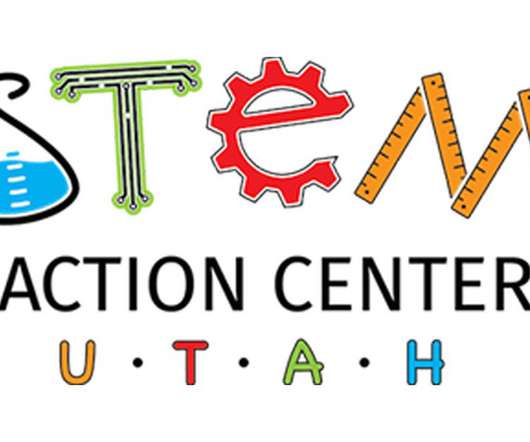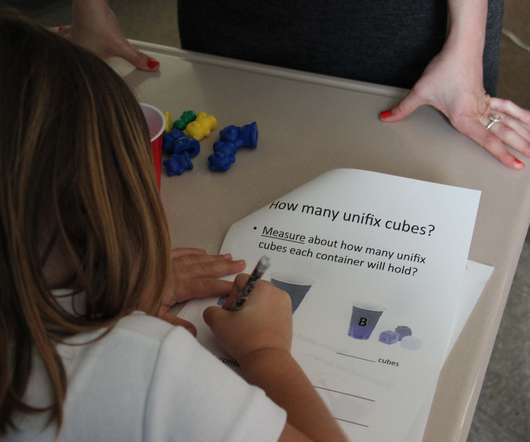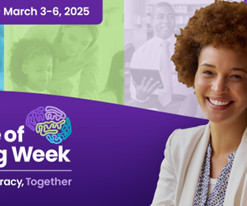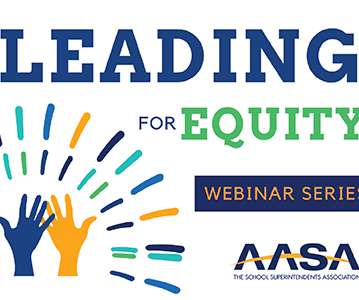U.S. K-12 Educational Technology Policy: Historical Notes on the Federal Role
Doug Levin
APRIL 21, 2016
Federal Program Evaluations and Program-Related Reports: The First-Year Implementation of the Technology Literacy Challenge Fund in Five States (American Institutes for Research, 2000). Rationale for Obama administration FY 2010 program funding reduction : “ The proposed reduction of $169.9 FY 2001: $450,000,000.



























Let's personalize your content